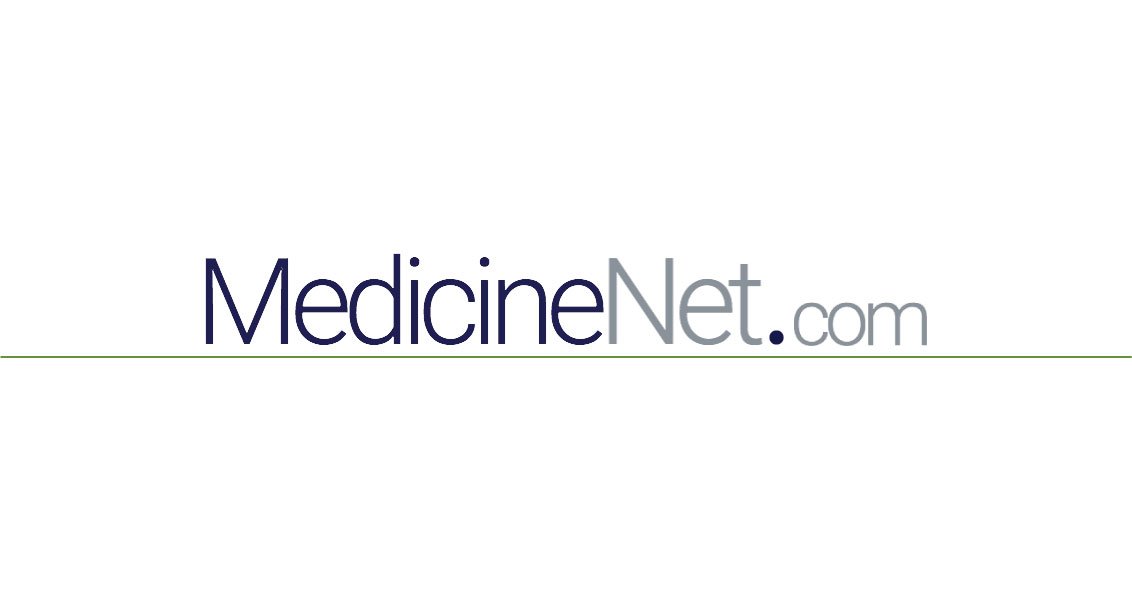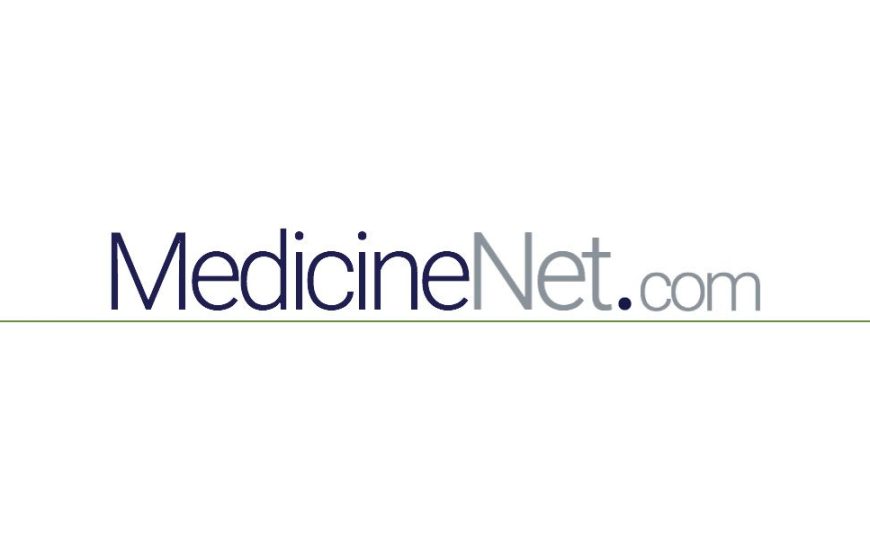
What are E. coli 0157:H7 bacteria?
Escherichia coli (E. coli) is a bacterium (Enterobacteriaceae family) that can survive in an environment with or without air (facultative anaerobe) and, depending on the environment, may or may not produce thin hair-like structures (flagella or pili) that allow the bacteria to move and to attach to human cells. These bacteria commonly live in the intestines of people and warmblood animals worldwide and do not cause problems. Some strains (serotypes) cause diseases that range from urinary tract infections to life-threatening, bloody diarrhea. It is a gram-negative rod-shaped bacterium.
E coli O157:H7 is the predominant serotype of E. coli that forms one group of EEC. This EEC group is termed enterohemorrhagic E. coli or EHEC. Unfortunately, other terms in the medical literature describe this group (VTEC or Vero toxin-producing E. coli and STEC or Shiga toxin-producing E. coli). Research suggests that only a small number of E. coli 0157:H7 are needed to cause infection (ingestion of about 10–100 organisms) instead of the thousands to millions needed for infections by other E. coli serotypes. Infection is aided by adhesive receptors (pili or fimbriae) that attach the bacteria to human intestinal cells. Most of the problems caused by the bacteria are due to two Shiga toxins, termed Stx 1 and Stx 2 termed Vero toxins. (Toxins are chemicals that are produced by the bacterium and damage human cells.) These toxins, for example, (for example, </i>E. coli Shiga</i> toxin), are almost identical to toxins produced by another related bacterium, Shigella spp. that causes dysentery (Shigellosis), and can damage and kill intestinal cells. Shigellosis occasionally causes anemia, damage to platelets, and death of cells in other organs, especially the kidneys.
E. coli 0157:H7 is a major health problem. It is estimated to cause infection in more than 70,000 individuals a year in the United States, and the U. S. Centers for Disease Control and Prevention (CDC) suggests E. coli 0157:H7 is responsible for the majority of E. coli outbreaks in the U.S. It has been reported to cause both large as well as small outbreaks.
E. coli 0157:H7 diarrheal illness was first recognized when CDC personnel isolated E. coli O157:H7 from patients in two separate outbreaks in Oregon and Michigan. The illnesses were associated with eating hamburgers at the restaurants of a national chain; some patients experienced hemorrhagic colitis (inflammation and bleeding of the colon). Thus, hemorrhagic colitis due to E. coli 0157:H7 is commonly referred to as hamburger disease. Since that time, E. coli 0157:H7 also has been associated with contaminated water, foods, and unpasteurized or incorrectly pasteurized (heat-treated) dairy products.
In 2015 an outbreak of E. coli 0157:H7 infection occurred in Montana from Costco contaminated rotisserie chicken salad and resulted in recalls of products from Taylor farms containing celery. In 2017, an outbreak of this strain was linked to Healthy Brand Soy nut Butter. The CDC found 32 people from 12 states infected with the bacteria, 12 of which required hospitalization, and nine developed hemolytic uremic syndromes (HUS). Twenty-six of the 32 patients infected were younger than 18. The product was recalled, and fortunately, there were no deaths.
A widespread outbreak of E. coli 0157:H7 began in April 2018. The source was traced by the CDC to Romaine lettuce and other lettuce produce and distributed from Yuma, Arizona. The bacterial strain is aggressive. Of the 121 identified patients, 1 death and 52 hospitalizations along with 14 people who developed HUS have occurred. The 121 patients have been found in 25 states with the most diagnosed in California and Pennsylvania. The CDC strongly recommends that if you cannot identify where your Romaine lettuce originated, you should not eat it. Restaurants and retailers are advised not to serve or sell romaine lettuce from the Yuma Arizona growing region.
